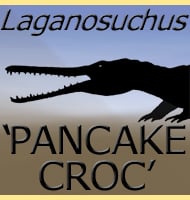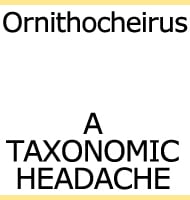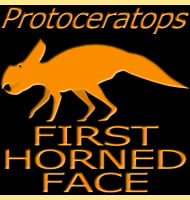Laganosuchus
In Depth Laganosuchus acquired its name from its flat ‘pancake like’ jaws. These had small but numerous teeth running across the edges. Laganosuchus is thought to have used these specialised jaws as a fish trap, laying in the water with its jaws open for extended periods until a fish swam in. Once this happened, the … Read more


